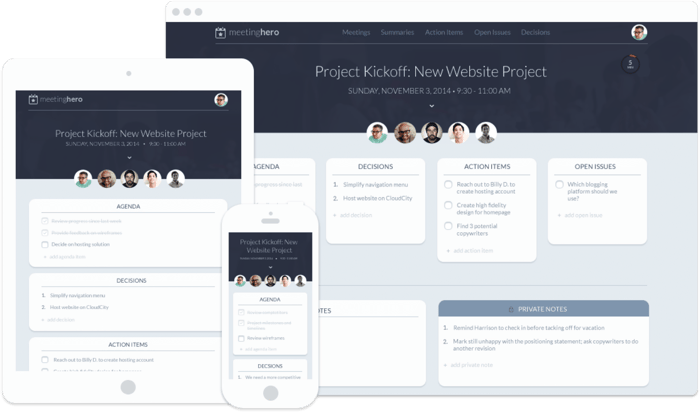I had hundreds of conversations with front-desk receptionists in the early days of our startup. At that time we were still looking for the right product and the right market.
To understand how things work at busy reception desks, I used to barge into office buildings unannounced.
One thing struck me over and over. There was a mis-match between the luxury of the typical corporate office lobby and the old-fashioned visitor register book used by visitors to sign in.
How was it possible that a company could sometimes spend fortunes transforming the lobby while at the same time sticking with a cheap visitor register that everyone could see? So much of business best practice is about efficiency. Somehow, writing in the register and pinning on handwritten identity badges seemed inappropriate.
We are a few years down the road now. Some companies are finally embracing technology to enhance visitor experiences. I think an obvious one is to replace the register by a slick iPad, but this could be a short term measure. It is likely the iPad will be replaced by our smartphones or wearables such as the Apple Watch.
There is soooo much more technology already available out there to enhance the journey of a visitor. Think travel planning, space allocation such as parking and rooms, and virtual assistants.
Let me just give 3 examples:
1. NEC - ‘Person of Interest’-like face recognition
Have a look at this video by NEC illustrating how people can be identified in a lobby. This technology offers top-notch security and hospitality. Pre-registered visitors would just be allowed to enter the building without going through a check-in process. It would all run in the background, with no need for an iPad or a wearable to identify them.
2. Jooxter - Optimizing space
Jooxter is a really cool startup from France. In their own words they constantly reallocate space to optimize occupancy. They use motion sensors placed in every room. Your smartphone then becomes a sort of personal assistant guiding you within the building.
Visitors could be guided to their meeting room thanks to Jooxter-like technology. Hosts could be informed a few moments before their visitor reaches the meeting room so that they would be able to welcome them upon arrival.
3. Worklife - stop booking rooms, start focusing on meeting success
Booking a room, inviting people, ordering refreshments… aren’t meetings about more than that?
Worklife moves the focus away from the organization of a meeting to its actual success.

For the visitor’s journey, a good experience is vital if a meeting is to be a success. So, why not include visitors in these conversations. This would take into account their constraints to help make sure they get the most of their visit.
If only these technologies could speak with each other...
In the next years I think that we’ll see more and more of these technologies appear in our daily business life. It is not difficult to imagine a future where these technologies all communicate with each other. This will help remove unnecessary friction from our daily business life.
To state the obvious, technology will never replace the human factors, the little personal touches that help make a guest feel unique. Technology will actually give more room to the personal touches and help provide a top notch experience to visitors.
Let me know if you are aware of any other technologies which will affect visitor journeys. I’d love to be able to map how these might fit into shaping the visitor journey and speak about them in a follow up article.